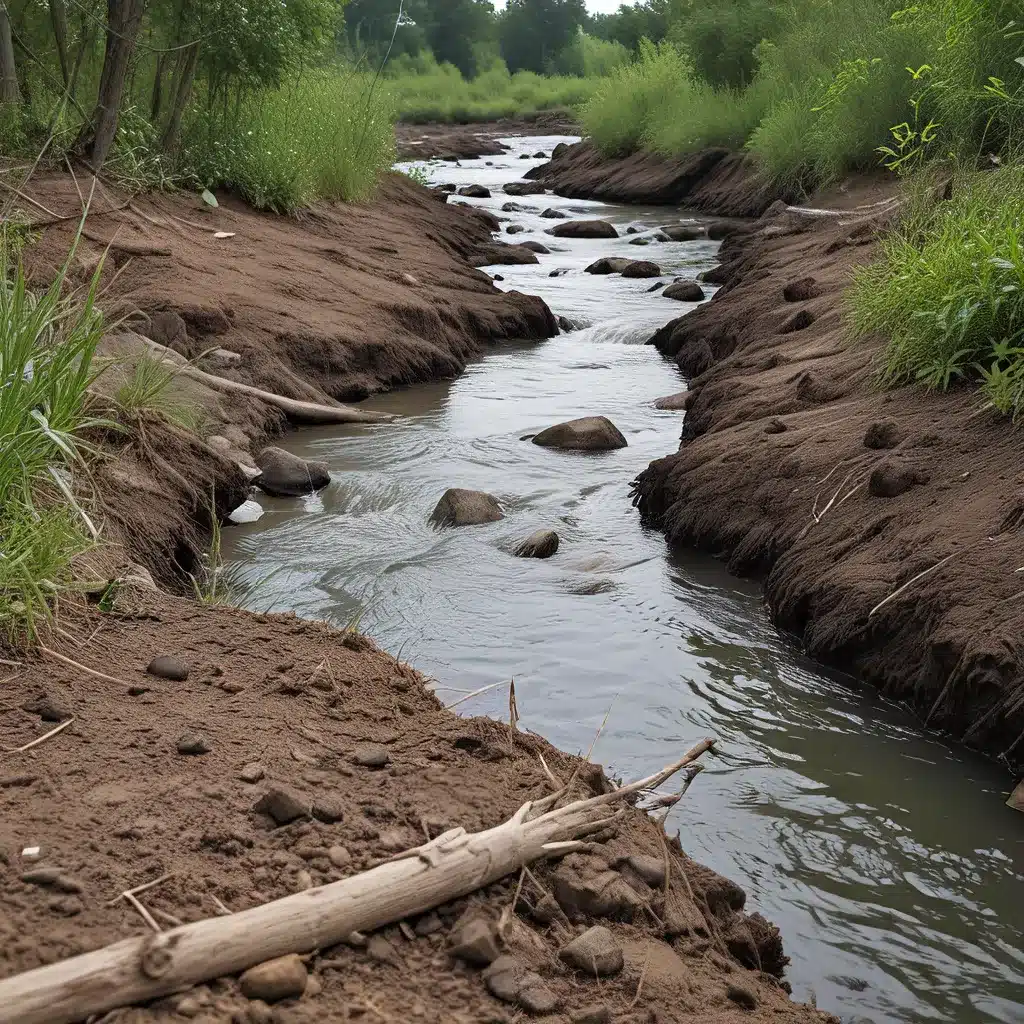
Navigating the ever-evolving landscape of environmental regulations can feel like a daunting task for water treatment and environmental services providers. With a patchwork of federal, state, and local laws, coupled with the need to stay ahead of emerging issues, it’s no wonder many organizations struggle to keep up. But fear not, my fellow water warriors – I’m here to be your trusted guide through this choppy regulatory sea.
Diving into the Depths of Environmental Compliance
As the captain of your water services ship, you know that environmental compliance is the foundation upon which your entire operation rests. One wrong move, and you could find yourself sinking in a sea of fines, violations, and public backlash. But you’re no stranger to weathering storms, are you? You’ve weathered your fair share of tough conditions, and you’re ready to take on this challenge head-on.
Mapping the Regulatory Landscape
Let’s start by taking a look at the big picture. The environmental regulatory framework governing water services is a complex web of federal, state, and local laws and regulations. From the Clean Water Act to the Endangered Species Act, there’s a whole fleet of rules and regulations you need to navigate. And the waters get even murkier when you factor in regional variations and emerging issues like PFAS contamination.
According to the National Oceanic and Atmospheric Administration (NOAA), the National Environmental Policy Act (NEPA) is the cornerstone of environmental compliance, requiring federal agencies to integrate environmental values into their decision-making process. This means that for any water services project that involves federal funding, permits, or approvals, you’ll need to navigate the NEPA review process.
Charting a Course Through NEPA
NEPA can be a treacherous journey, with its own set of rules, timelines, and stakeholder requirements. But don’t worry, I’ve got your back. Environmental consulting firms like ESA have been guiding clients through the NEPA process for decades, helping them navigate the complexities and ensure legal adequacy.
One key aspect of the NEPA process is the environmental impact assessment, where you’ll need to identify and analyze the potential environmental effects of your water services project. This can include everything from impacts on wildlife and habitat to water quality and community concerns. And let’s not forget about the public involvement component – you’ll need to engage with stakeholders and incorporate their feedback into your plans.
Navigating the Regulatory Maze
But NEPA is just the tip of the iceberg when it comes to environmental compliance in water services. You’ll also need to contend with a host of other federal, state, and local regulations, each with its own set of requirements and timelines.
Charting a Path Through Federal Regulations
At the federal level, the Endangered Species Act, the Marine Mammal Protection Act, and the Magnuson-Stevens Fishery Conservation and Management Act are just a few of the key players you’ll need to consider. These laws protect sensitive species and habitats, and can significantly impact the planning and execution of your water services projects.
NOAA explains that to comply with these regulations, you’ll need to initiate consultations with the appropriate agencies, such as the National Marine Fisheries Service and the U.S. Fish and Wildlife Service. This can be a time-consuming process, but it’s essential for ensuring your project doesn’t run afoul of these critical environmental laws.
Navigating State and Local Regulations
But the regulatory landscape doesn’t stop at the federal level. You’ll also need to navigate a patchwork of state and local laws and regulations, each with its own unique requirements and enforcement mechanisms. From coastal zone management plans to historic preservation acts, the list of potential compliance hurdles can seem endless.
One strategy that has proven effective for water services providers is to stay in close communication with state and local regulatory agencies. By building strong relationships and staying up-to-date on the latest developments, you can proactively address potential issues and ensure your projects are in full compliance.
Charting a Course for the Future
As you navigate the complex world of environmental compliance in water services, it’s important to remember that the regulatory landscape is constantly evolving. New laws and regulations are always on the horizon, and staying ahead of the curve is essential for maintaining your organization’s competitiveness and reputation.
Embracing Innovative Approaches
One way to stay ahead of the curve is to embrace innovative approaches to environmental compliance. As J.S. Held notes, “The key is to be proactive, not reactive.” This might mean investing in advanced monitoring technologies, collaborating with industry partners on best practices, or exploring alternative compliance strategies.
By taking a forward-thinking approach, you can position your water services organization as a leader in the field, ensuring that you’re always one step ahead of the regulatory curve.
Fostering Collaboration and Partnerships
Of course, navigating the complexities of environmental compliance in water services is no easy feat. But the good news is, you don’t have to go it alone. By fostering strong partnerships with regulatory agencies, environmental organizations, and industry peers, you can tap into a wealth of expertise and resources to help guide your way.
Inland Waters Inc., for example, has a long history of working closely with state and local authorities to ensure their water treatment and environmental services are in full compliance. By building these collaborative relationships, they’ve been able to stay ahead of the curve and continually improve their operations.
So, my fellow water warriors, don’t be daunted by the regulatory maze ahead. With a clear plan, a steady hand, and a willingness to embrace innovative approaches, you can chart a course for success – and maybe even have a little fun along the way. After all, what’s a life on the high seas without a few unexpected twists and turns?


